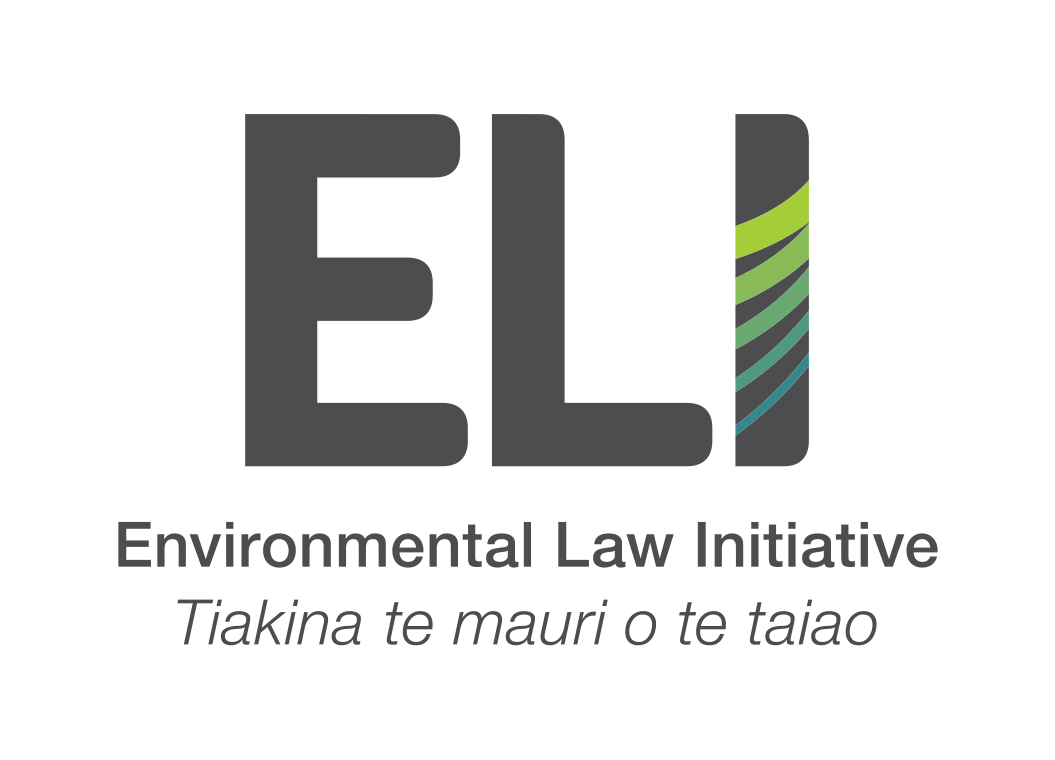Reducing seabird bycatch in Aotearoa: our submission to Fisheries New Zealand
New Zealand is, by a clear margin, seabird capital of the world, with a greater diversity of seabirds than anywhere else in the world.
But seabirds face numerous human-induced pressures that put their populations at risk, and one significant threat they encounter is bycatch. Bycatch refers to the unintentional capture of non-target species by fishing operations, and seabirds are particularly vulnerable to this problem.
Fisheries New Zealand recently sought feedback from tangata whenua and stakeholders on proposed changes to the mandatory seabird mitigation measures applicable to commercial fishers using the surface longlining method of fishing within New Zealand waters.
ELI welcomes the government's review of improvements to seabird bycatch mitigation, recognising that New Zealand is home to the most diverse seabird community in the world, and seabirds remain the most globally threatened group of birds. Thus far, the NZ government's actions regarding seabird bycatch have been relatively weak, with its reliance on voluntary codes of practice failing to yield significant reductions in bycatch numbers.
Fisheries NZ has presented three options for the proposed changes:
Option One: Maintaining the Status Quo
ELI strongly opposes option one, which suggests maintaining the regulatory status quo. The existing mandatory and voluntary mitigation measures have not led to substantial improvements in reducing seabird bycatch over the past 15 years. This clearly indicates that the current approach is ineffective, reinforcing ELI's stance that voluntary mitigation measures are inadequate. We also note that the National Plan of Action – Seabirds 2020 (NPOA Seabirds) outlines a vision of working towards zero fishing-related seabird mortalities. However, there has been no progress towards this vision for over 15 years, highlighting the need for significant change.
Option Two: Additional Mitigation Measures
Option two proposes additional mitigation measures, including regulating discharge management during hauling to align with the Mitigation Standard, controlling tori line position over bait entry points to maximize effectiveness, clarifying streamer specifications for color and durability of materials, and aligning weight specifications with the Mitigation Standard. ELI supports all such measures that would result in reduced seabird bycatch and contribute to the NPOA Seabirds' goal of zero mortality.
Option Three: Spatial/Temporal mandated use of ‘three out of three’
Option three suggests mandating the use of "three out of three" mitigation measures selectively, during the "highest-risk times and locations to seabirds." ELI opposes this measure due to the current lack of sufficient data resolution and robustness to accurately categorise these patterns. In the absence of such data, there should be no spatial or temporal variability in required mitigation standards. Instead, strong standard mitigation practices should be consistently implemented.
Option Four: Mandate ‘three out of three’ at all times
Option four, which mandates the use of "three out of three" mitigation measures at all times, aligns with international best practice and offers the best chance of reducing seabird bycatch in New Zealand, thereby advancing our fisheries towards the zero mortality target. ELI broadly supports this option.
Conclusion
In our view, it is clear that the current regulatory approach of relying on voluntary codes of practice has proven ineffective in reducing seabird mortalities over the past 15 years. As the home to a diverse and globally threatened seabird community, it is the responsibility of the New Zealand Government to adopt robust and mandatory bycatch mitigation measures.
ELI supports the implementation of additional mitigation measures outlined in option two. These measures demonstrate an increased commitment to reducing seabird bycatch and align with the vision of zero fishing-related seabird mortalities outlined in the NPOA Seabirds.
While ELI opposes the selective application of mitigation measures proposed in option three due to the limitations in data resolution, we support the adoption of option four. Mandating the use of "three out of three" mitigation measures at all times, consistent with international best practice, offers the greatest potential for reducing seabird bycatch and achieving the zero mortality target.
ELI urges Fisheries New Zealand to prioritise the protection of seabird populations through decisive and proactive measures. By embracing strong mitigation practices, we can ensure the long-term viability of New Zealand's marine ecosystems and contribute to global efforts in conserving the world's most threatened group of birds.
Download our formal submission to FNZ below.

